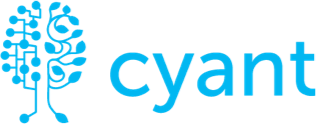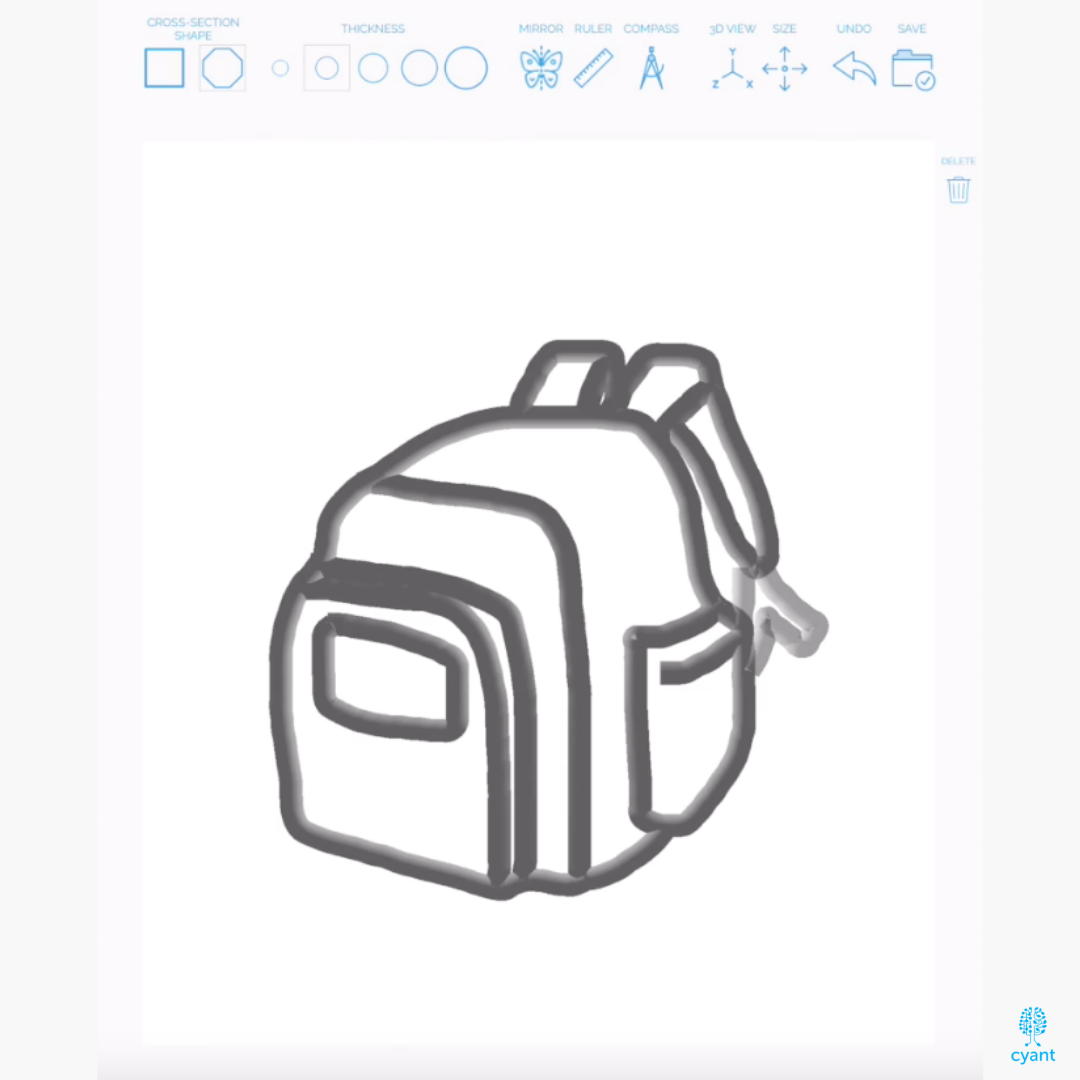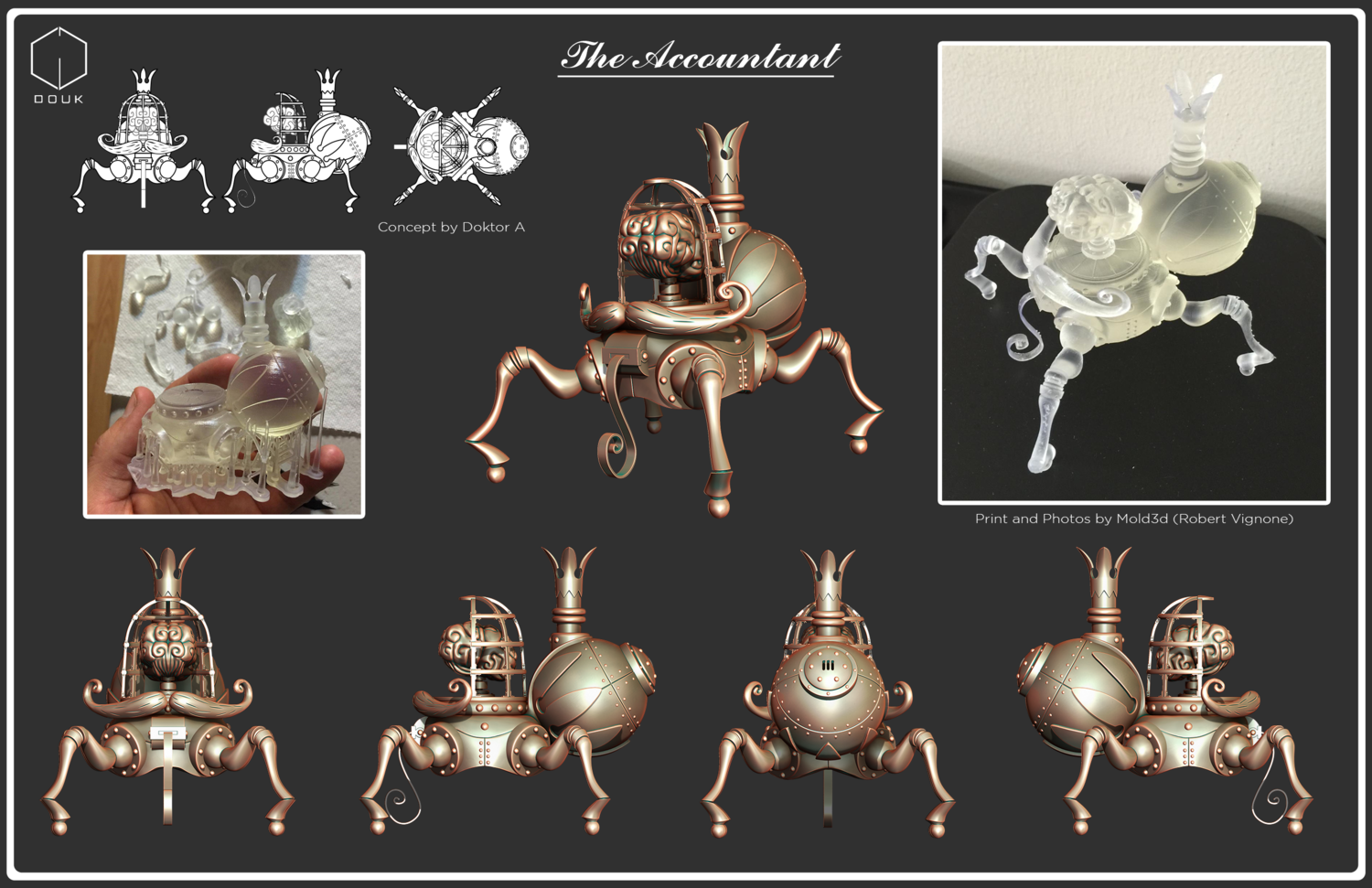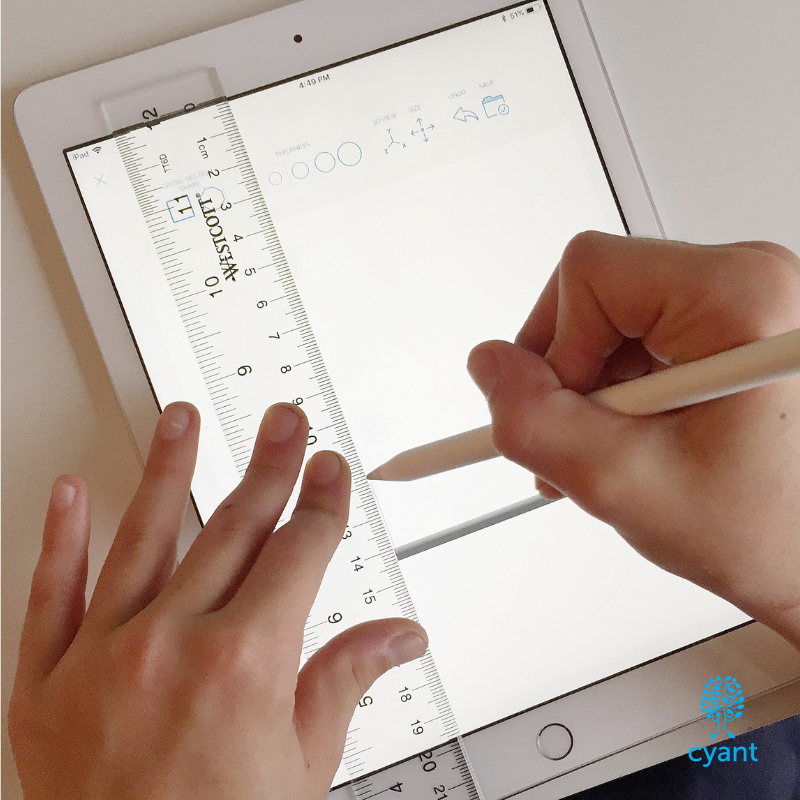Cyant: Which 3D Printing technologies have you been using throughout your work?
Alice: I used 3D printed laser sintering polyamide powder to generate the originals of the silver jewelry collection “Grigris”. I also utilized 3D printed ceramic by scupteo.com to create the tableware collection “Essentielle". Throughout my work, I use 3D modeling software (e.g. Rhinoceros) to design my creations.
Cyant: Did you have to work with experts in other fields to achieve what you wanted?
Alice: No, not so far, as one of the quality of a Designer is to be like a sponge : to analyze and understand production processes, in order to get a global view & create with the constraints.
Cyant: How are you using 3D Printing to make an environmental impact? Or put in a differently how is 3D Printing playing a part in your eco-consciousness mission/goals?
Alice: 3D printing is a precious tool to develop new virtuous - environmental, social & local - business models with no stock “made to order” and also “made to measure” concepts.This means, we can design infinitely but rapidly produce a limited stock based on customer demand, requests and interests. So, this fast technology allows to create a diversity of tailored & unique sustainable solutions.
Cyant: You marry traditional crafts with 3D Printing. Can you give examples of your work that showcase that aspect? Is it a difficult balancing act, or is there a natural blending between the two methods of design and production? Does it require a different thinking and design process, innovating on the technology side?
Alice: I am very much influenced by Japanese aesthetic, Scandinavian design and the Art Déco period : I love “warm minimalism”. I am very much inspired by a quotation of Charlotte Perriand, collaborator of Le Corbusier and major French woman designer from the XXth century. Her ambition was “the sincere and constant research around a way of life connected to its time”. So "Natural blending" would be answer, as simplicity & harmony are keywords in my work. Designing a new jewelry making method gave me the freedom to imagine a collection of 24 different rings "Grigris", also designing a unique experience: a series of small architectures for the body, pieces of solid silver, raw, smooth, ultra polished and golden shimmers, to be composed freely and made to measure. This let me offer variations of material and dimension which can be juxtaposed endlessly. I combined 3D printing and traditional silversmithing, and an innovative detail about the "Grigris"jewelry, was that I chose to show the printing stratums "mystery lines" in the final silver rings (raw silver versions) as a contemporary & minimalist way to create "naturally" decorative engraving.





































































